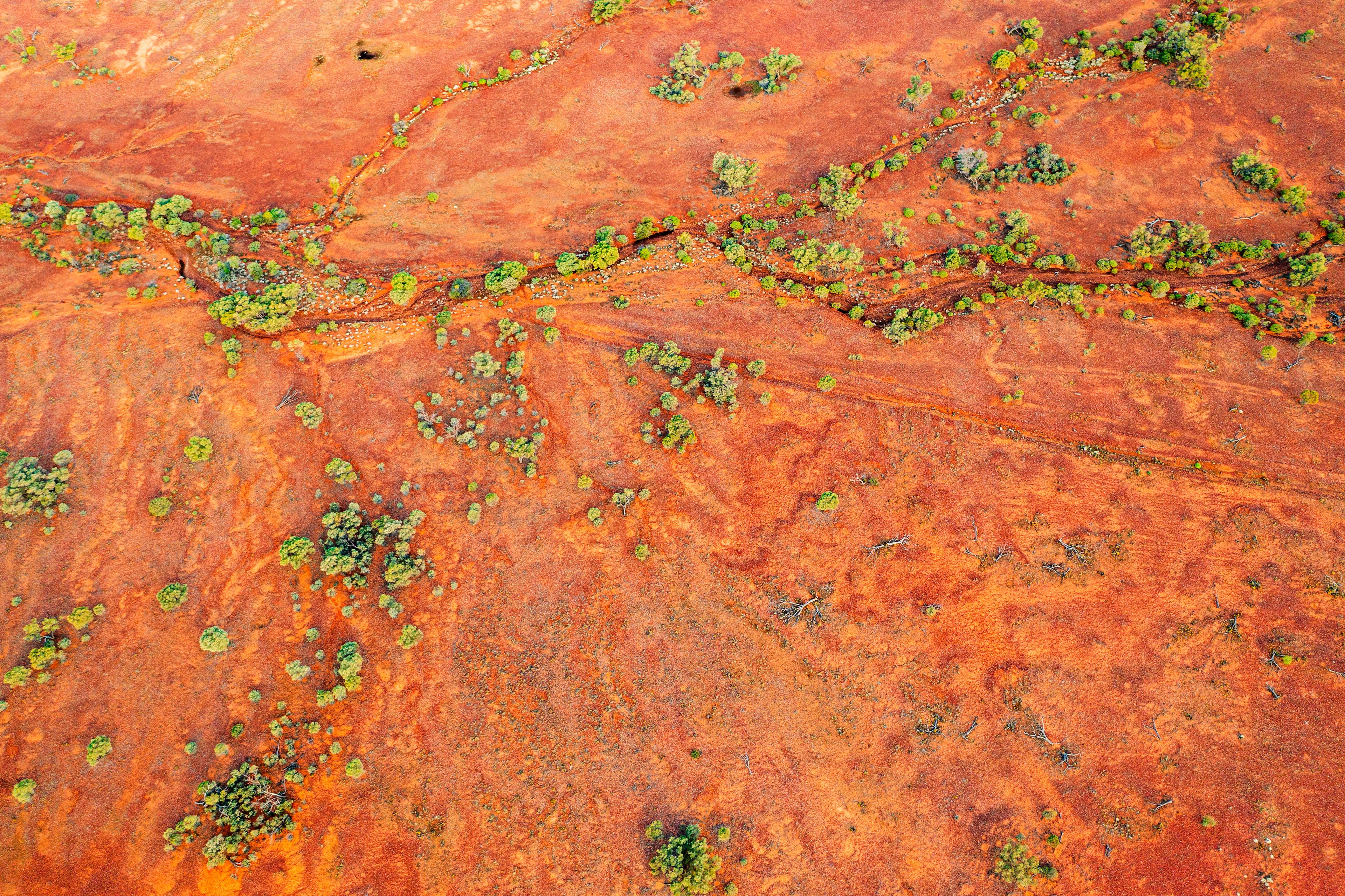Home/Curriculum resources/Learning about Country/Place/Activity 4 (Part two of two): Exploring natural features in defining Country/Place through case studies
Learning Areas:
English, Humanities and Social Sciences, The Arts
Year levels:
Level 3, Level 4

Activity 4 (Part two of two): Exploring natural features in defining Country/Place through case studies
This activity is a part of the Learning about Country/Place resource.
Red outback landscape desert green trees. Location: Tibooburra, New South Wales. Photographer: Andrew Merry. Getty Images. Used under licence.

Activity 4 (Part two of two): Exploring natural features in defining country/place through case studies
Focus: Explore case studies that illustrate the significance of natural features in defining the nations of Aboriginal and Torres Strait Islander people and their cultural importance.
Possible Overarching Question: How do specific land features, language, and culture define and differentiate Indigenous nations?
Step by step guide
Step 1: Connecting to students' prior learning
Step 2: Introduce case studies
Step 3: Research case studies
Step 4: Present research
Step 5: Reflective discussion
Required Resources:
Teacher Support Material
Student Case Study Cards
Research Support Templates

Step 1: Connecting to students' prior learning
Recap with students the research undertaken of an Indigenous nation in the previous part of this activity.
Step 2: Introduce case studies
Inform students that they will now learn about case studies focusing on specific natural features of the Indigenous nations they have researched. Explain that case studies are focused examples that provide in-depth insight into a particular subject. In this case, the case studies will explore how natural features define and hold significance within Aboriginal and Torres Strait Islander nations.
Model the aspects they need to record in the research template, including information about the natural feature, its significance, and how it is being protected.
Step 3: Research case studies
Share the case study fact sheets with students.
The table outlines which case studies align with which Indigenous nation
Indigenous Nation | Case Study |
Nyikina Country | Martuwarra / Mardoowarra (Fitzroy River) |
Yuin Country | Gulaga Mountain (Mount Dromadery) |
Anangu Country | Uluru |
Torres Strait | The Torres Strait Islander Seascape |
Allow students time to undertake research on the provided case study. Support students with this task be facilitating small group or individual workshops.
Step 4: Present research
Each group presents their research on the Indigenous nation and the relevant case study to the class.
Step 5: Reflective discussion
Facilitate a discussion on the presented findings, prompting students to reflect on the integral role of natural features in defining Indigenous nations.
Update the anchor chart or wall display with new insights from the presentations.

Related activities within this resources:

Activity 1: Exploring what is Country/Place
This activity aims to support students in developing a deeper understanding of Aboriginal and Torres Strait Islander perspectives of Country and Place. It encourages them to consider the many elements of Country and explore their personal connections to place, reflecting on how this shapes their understanding and respect for the significance of Country and Place to Aboriginal and Torres Strait Islander Peoples.

Activity 2: Understanding perspectives of Country/Place
Building on Activity 1, where students explored personal connections to place, this activity deepens their understanding of Aboriginal and Torres Strait Islander perspectives of Country/Place. Students will engage with a video clip, analyse quotes, and participate in guided discussions to explore the multifaceted relationship Aboriginal and Torres Strait Islander Peoples have with the land.

Activity 3: Discovering Aboriginal and Torres Strait Islander nations & languages
Building on Activities 1 and 2, where students explored personal connections to place and Aboriginal and Torres Strait Islander perspectives of Country/Place, this activity focuses on the diversity of Aboriginal and Torres Strait Islander nations and languages. Students will engage with a shared text, explore the AIATSIS map of Indigenous Australia, and learn about the Indigenous nation of their special place.

Activity 4 (Part one of two): Researching an Indigenous nation
Building on Activities 1 through 3, where students explored personal connections to place, Aboriginal and Torres Strait Islander perspectives of Country/Place, and the diversity of Aboriginal and Torres Strait Islander nations and languages, this activity focuses on in-depth research of an Indigenous nation. Students will engage with a shared text, explore the AIATSIS map of Indigenous Australia, and conduct research on an Indigenous nation related to the case studies in part two of this activity.